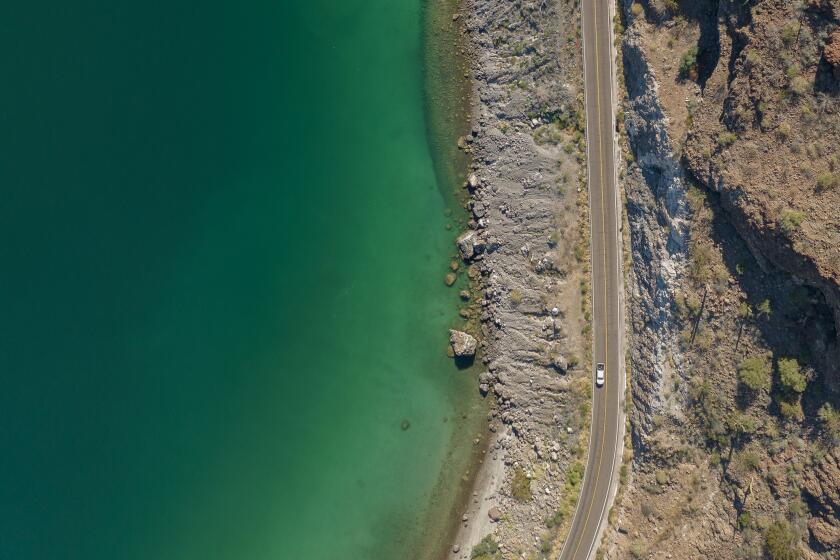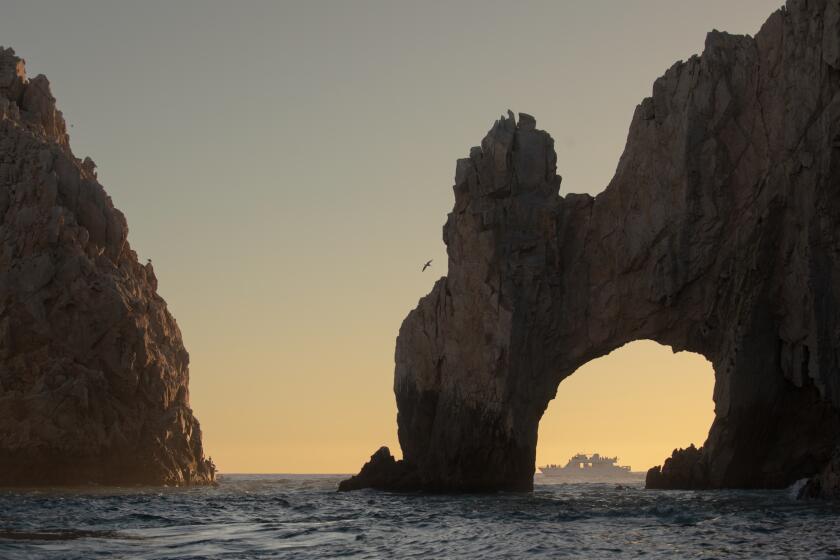Is Baja safe? Should you drive? Things to know before you go
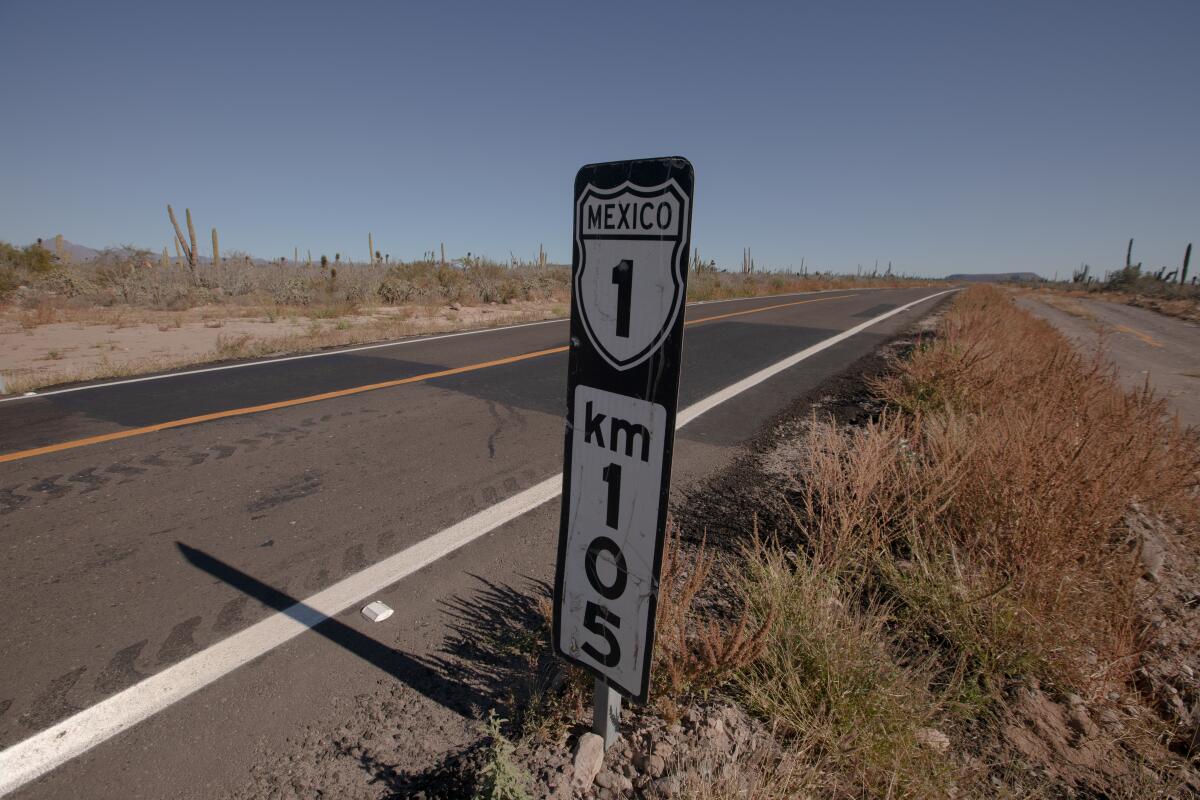
- Share via
Homework is vital before travel in Baja California, especially if you’re considering a road trip.
Questions over Americans’ safety in Mexico have been underlined by the mid-January death of Orange County public defender Elliot Blair, who suffered unexplained head injuries at a Rosarito Beach resort; and by the early March shooting deaths of two Americans and one Mexican in an apparently botched kidnapping in Matamoros, 1,570 miles east of Tijuana.
Here’s a rundown of sources I consulted and factors I weighed before my eight-day drive to Cabo San Lucas in early January.
On a drive down the Baja peninsula’s Highway 1, travel writer Christopher Reynolds finds baby whales, a pond to float in and a new generation of adventurers.
Overall safety
The U.S. State Department classifies Mexico’s states in four ways for would-be travelers. The most severe advice is “do not travel,” which currently covers the states of Colima, Guerrero, Michoacán, Sinaloa, Zacatecas and Tamaulipas (which includes Matamoros) on Mexico’s east coast.
The state of Baja California is in the second most severe category — “reconsider travel” — because of crime and kidnapping, especially homicides in the non-tourist areas of Tijuana. The State Department urges those who do travel to remain on main highways. The State Department also puts the states of Chihuahua, Durango, Jalisco, Morelos, Sonora and Guanajuato (the latter includes San Miguel de Allende) in that category.
The state of Baja California Sur, which begins about 450 miles south of the U.S. border, is in the State Department’s less extreme “exercise increased caution” category.
Canada’s government urges Canadians to “exercise a high degree of caution” in Mexico.
The website elcri.men, which summarizes and analyzes Mexican crime statistics, said Baja California had the third-highest homicide rate among Mexican states in 2022, in large part because of Tijuana. By the same measure, Baja California Sur had the fourth-lowest rate among Mexican states.
If studying up on conditions in the Baja peninsula makes you or your companions uncomfortable, stay away. Even if nothing goes wrong, feeling unsafe can ruin a trip. (I didn’t drive the peninsula with my family; I drove it with two people who felt comfortable with it.)
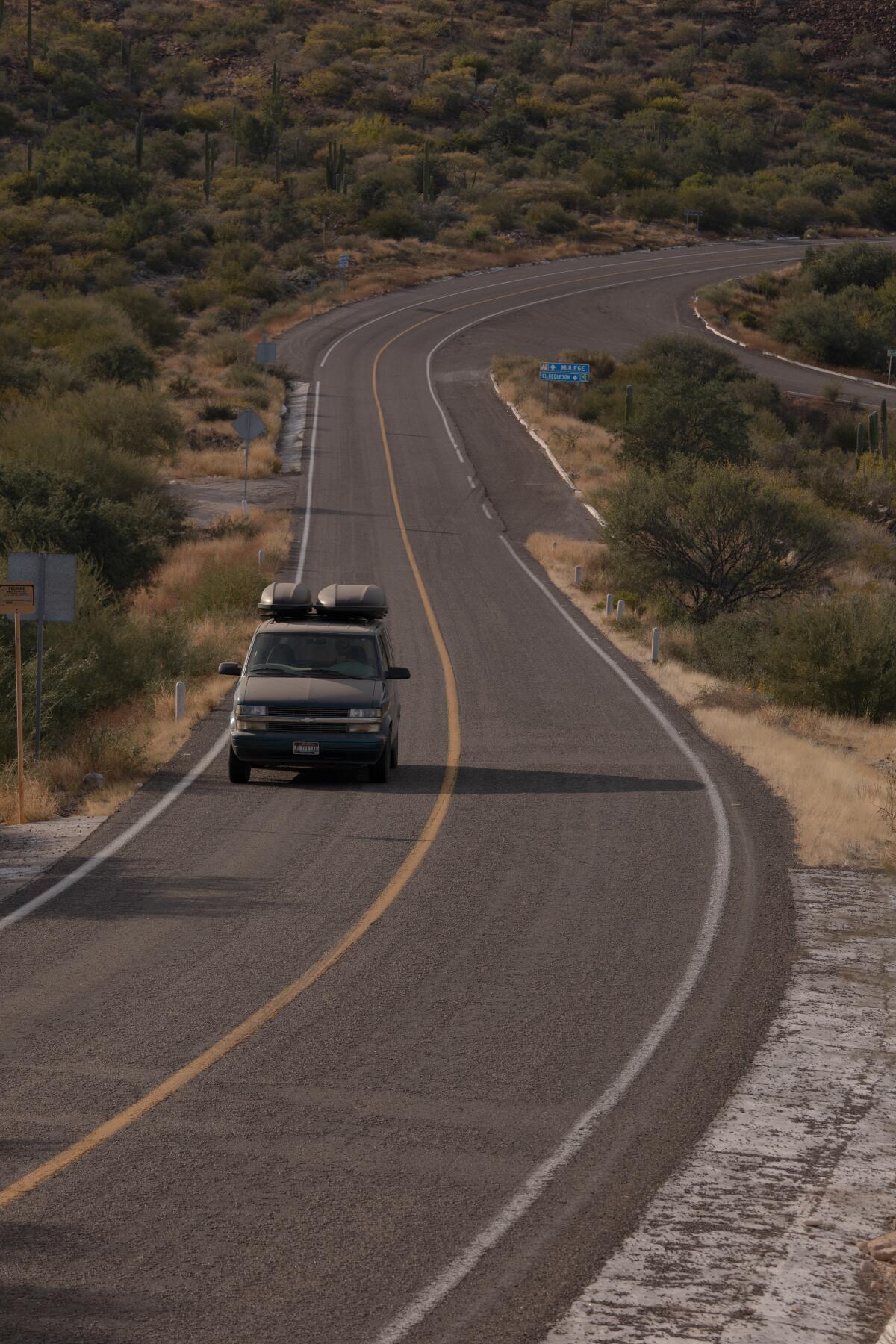
Driving in Baja
In addition to a valid driver’s license, Mexican law requires anyone driving into the country to have Mexico-specific liability insurance.
Many companies specialize in insurance for Americans driving south, offering liability policies that often cost from $10 to $40 per day. More extensive policies can double the cost but may give you more peace of mind. Vendors include AAA, Allstate, Bajabound.com, Baja-mex.com, Discoverbaja.com, Geico and Mexpro.com.
Cave paintings. Missions. A lagoon where gray whales gather. Whether you’re taking on the whole highway or targeting one stretch, the landscape is full of revelations.
All authorities agree that driving at night in rural Baja is dangerous because of the many roaming livestock. In addition, drivers should be ready for long, narrow stretches of two-lane blacktop without shoulders or turnouts.
Two other things: Drunk driving is just as illegal in Baja California and Baja California Sur as it is in California. Also, it’s illegal to enter Mexico with a gun without written authorization in advance from Mexican authorities.
More driving tips:
- Occasionally drivers in Tijuana, Rosarito Beach and Ensenada are pulled over after an alleged infraction and offered a chance to pay a fine at the police station or on the spot. Don’t argue or pay on the spot, many Baja veterans say. Instead, they say, the best response is to ask for a written citation and agree to pay the citation at the police station or by mail (or challenge it). An additional option: calling Baja California’s bilingual Tourist Assistance Hotline (078, around the clock) from any cellphone with roaming privileges in Baja.
- Police checkpoints are placed every few hundred miles along the peninsula. Officers typically ask drivers where they have come from and where they’re going. We went through about six checkpoints, the conversation never lasting more than one or two minutes.
- Many roads to scenic spots are dirt, not blacktop, and best handled by vehicles with four-wheel drive and high clearance.
- The peninsula is so big that most travelers choose to explore selected portions. Many travelers fly to Los Cabos, La Paz or Loreto, rent a car at the airport, drive a loop and return the car where they began. Picking up and dropping off a rental car in different locations is possible in Baja but can double the cost. Topoterra is the only company I could find that would rent me a vehicle in San Diego and let me drop it off (for a fee) in Los Cabos.
- In Baja (and all of Mexico) distances are measured in kilometers, gas is sold by the liter (and usually pumped by an attendant) and speed bumps (topes) pop up in some urban areas. Gas prices in Baja have lately fluctuated around 22 pesos per liter (about $4.50 per gallon) and are often cheaper than in California.
- Beyond the Pemex station in El Rosario there isn’t another gas station until Villa Jesús María (just north of Guerrero Negro), 200 miles south.
- More detailed advice is offered by the Automobile Club of Southern California, Bajabound, AllAboutBaja.com and other sources.
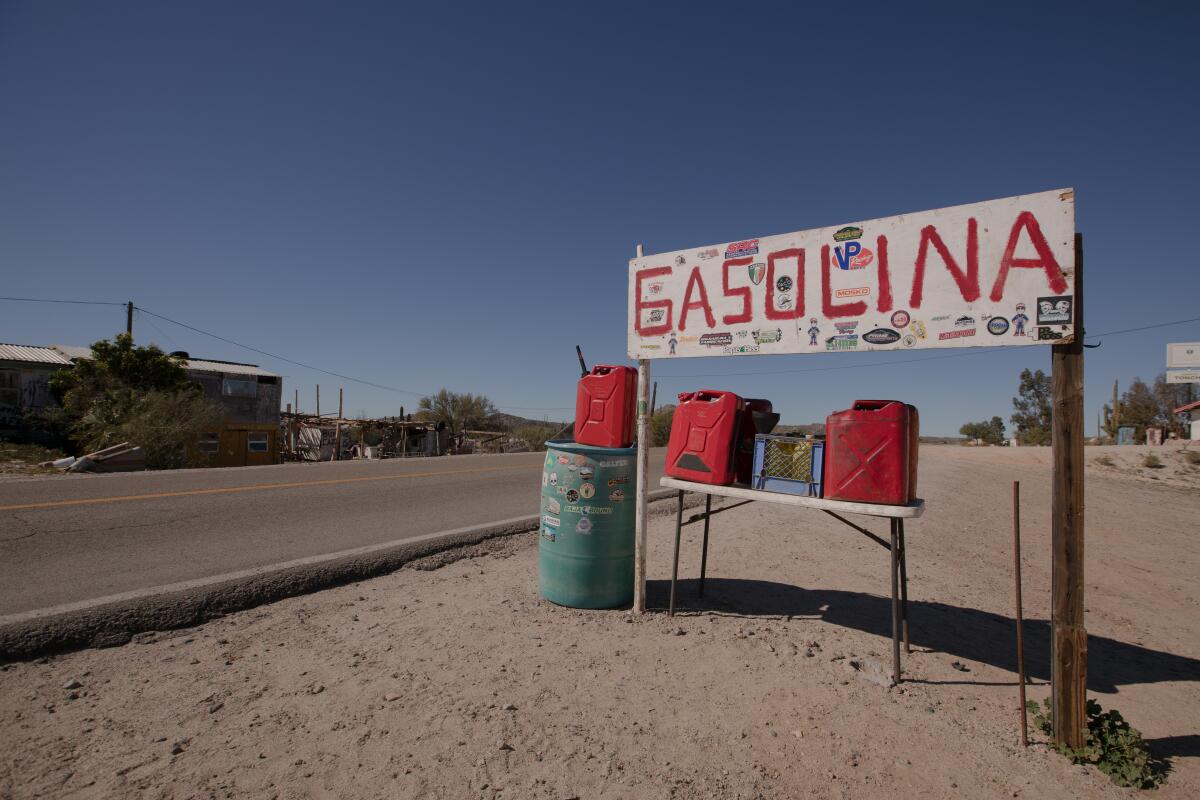
Communication and laws
Southbound travelers must show a passport or passport card and are required to get an FMM tourist permit online or in person from Mexican immigration officials at the border. For trips of more than seven days, the cost is about $36 (687 pesos).
The more Spanish you speak, the better. If you’re hoping to camp on ranch land, the best preparation may be hiring a local guide who can help get you permission.
To ease web access and communication with the U.S., many regular winter visitors to Baja use Starlink, which for $599 up front and $135 monthly allows a road-tripper or RV driver to access the internet from just about anywhere in Baja.
More to Read
Sign up for The Wild
We’ll help you find the best places to hike, bike and run, as well as the perfect silent spots for meditation and yoga.
You may occasionally receive promotional content from the Los Angeles Times.
